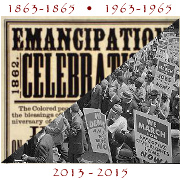In the 18th and 19th centuries, Cuba was dependent on an economy based on the sugarcane and coffee crops, and on slaves imported from Africa to work on sugar and coffee plantations. It is estimated that over 600,000 Africans were taken from West Africa and shipped to Cuba over three centuries, with tens of thousands dying during the brutal Atlantic Crossing.
Most of these people were brought to Cuba between the 1780s and the 1860s, as the slave population rose from 39,000 to 400,000. Despite the fact that the U.S. slave trade to Cuba was illegal after 1794, U.S. traders, including the DeWolf family, frequently made slave voyages to Havana, and profited from their own Cuban plantations. At the peak of the slave-based economy, enslaved people comprised nearly one-third of the Cuban population.
There were a number of anti-slavery movements in the early 1800s, but those were violently suppressed and leaders of the revolts were executed. Although Britain and the U.S. abolished their slave trades in 1807 and 1808, and Britain pressured Spain into formally ending the trade to Cuba in the 1820s, Cuba remained one of the most common destinations for slave ships through the 1860s. Slavery itself was not abolished in Cuba until 1886.
Sources: David Eltis, Stephen D. Behrendt, David Richardson, and Herbert S. Klein, eds., The Trans-Atlantic Slave Trade: A Database on CD-ROM (Cambridge, 1999); Hugh Thomas, The Slave Trade: The Story of the Atlantic Slave Trade: 1440-1870 (New York: Simon and Schuster, 1997); Eric Williams, From Columbus to Castro: The History of the Caribbean, 1492-1969 (New York: Vintage Books, 1970).


